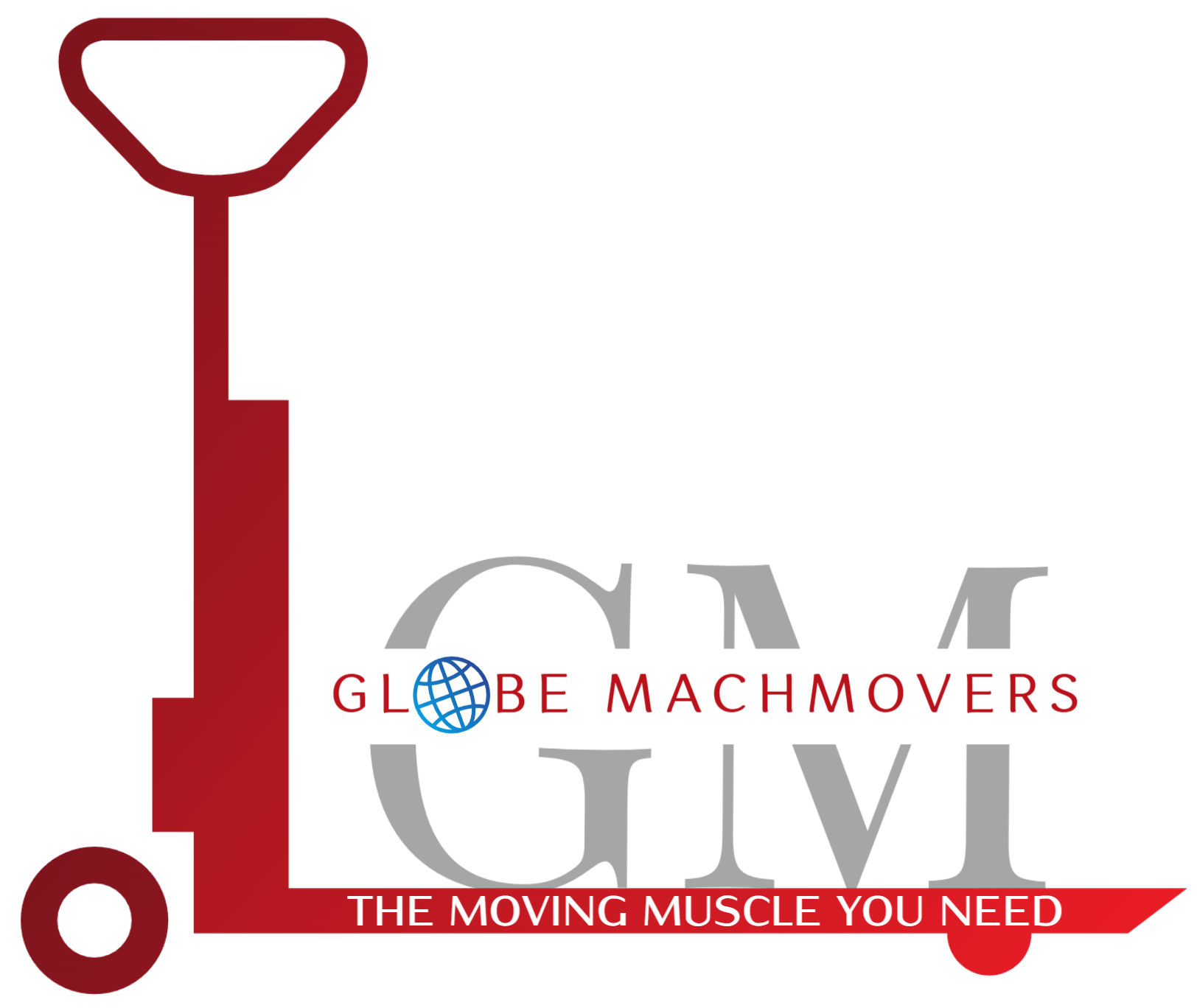A stacker, also known as a stacker truck or stacker forklift, is a type of material handling equipment used to lift, stack, and transport goods in warehouses, distribution centers, and other industrial settings. It is designed to handle palletized loads and is a versatile alternative to traditional forklifts.

Here are some key features and characteristics of stackers:
Lifting Mechanism: Stackers are equipped with a hydraulic lifting mechanism that raises and lowers the forks or load platform. The lifting mechanism can be manual, electric, or hydraulic-powered, depending on the type and model of the stacker.
Load Capacity: Stackers come in various load capacities, ranging from a few hundred kilograms to several tons. The load capacity determines the maximum weight that the stacker can lift and transport safely.
Forks: Stackers have forks or load platforms that are used to support and lift the loads. The forks are typically adjustable in width to accommodate different pallet sizes. Some stackers have additional features such as side shifters or tilt functions to facilitate load handling and positioning.
Power Source: Stackers can be powered by different sources, including manual, electric, or combustion engines. Manual stackers are operated by hand, while electric stackers use batteries for power. Electric stackers are popular due to their quiet operation, zero emissions, and maneuverability in indoor environments. Combustion engine stackers, powered by gasoline, diesel, or liquid petroleum gas (LPG), are suitable for outdoor use or in applications that require heavy lifting capacities.
Maneuverability: Stackers are designed to be maneuverable and compact, making them suitable for narrow aisles and confined spaces. They typically have small turning radii and some models offer features like electric power steering or drive systems to enhance maneuverability.
Safety Features: Stackers are equipped with safety features to protect operators and prevent accidents. These may include safety switches, emergency stop buttons, horn or alarm systems, and safety guards to protect the operator from falling objects.
Stacking Height: Stackers have a maximum stacking height, which determines how high they can lift loads. The stacking height varies depending on the specific model and capacity of the stacker.
Stackers provide efficient and ergonomic solutions for lifting, stacking, and transporting goods. They are commonly used in warehousing operations for tasks such as loading and unloading trucks, organizing inventory, and replenishing shelves. When operating a stacker, it’s important to follow safety guidelines, receive proper training, and adhere to the manufacturer’s instructions to ensure safe and efficient use.
Stackers offer several benefits and features that make them valuable material handling equipment in various industrial settings. Here are some key benefits and features of stackers:
Benefits:
Versatility: Stackers can handle a wide range of loads, including palletized goods, containers, and other materials. They are suitable for different industries, such as warehousing, logistics, manufacturing, and retail.
Space Efficiency: Stackers are designed to operate in narrow aisles and confined spaces. Their compact size and maneuverability allow for efficient use of storage space, maximizing warehouse capacity.
Improved Productivity: Stackers enable efficient load handling and stacking operations, resulting in increased productivity. They can lift and transport loads to desired locations quickly, minimizing downtime and improving workflow.
Ergonomics: Stackers are designed with operator comfort and safety in mind. They often feature adjustable controls, ergonomic seating, and clear visibility, reducing operator fatigue and promoting efficient and safe operation.
Reduced Physical Strain: By eliminating or reducing the need for manual lifting and carrying of heavy loads, stackers help prevent injuries and reduce physical strain on workers. This leads to a safer working environment and lowers the risk of workplace accidents.
Increased Efficiency: Stackers offer quick and precise load positioning and stacking capabilities, leading to improved efficiency in inventory management, order picking, and stock replenishment.
Features:
Lifting Mechanism: Stackers utilize hydraulic lifting mechanisms to raise and lower loads. The lifting mechanism can be manual or powered by electric, hydraulic, or combustion engines, depending on the stacker type and model.
Load Capacity: Stackers come in different load capacities, allowing for the handling of various load sizes and weights. The load capacity can range from a few hundred kilograms to several tons, depending on the stacker’s specifications.
Forks or Load Platforms: Stackers feature forks or load platforms to support and lift loads. The forks can be adjustable in width to accommodate different pallet sizes, and some models offer additional features like side shifters or tilt functions for precise load positioning.
Power Source: Stackers can be powered by manual effort, electric batteries, or combustion engines (gasoline, diesel, or LPG). The choice of power source depends on factors such as indoor or outdoor use, load capacity requirements, and operating conditions.
Safety Features: Stackers are equipped with safety features to ensure operator and load safety. These may include safety switches, emergency stop buttons, horn or alarm systems, safety guards, and stability-enhancing features to prevent accidents and protect operators.
Maneuverability: Stackers are designed for easy maneuverability in narrow spaces and aisles. They often have small turning radii and features like electric power steering or drive systems to enhance maneuverability and operator control.
Stacking Height: Stackers have a maximum stacking height, which determines how high they can lift and stack loads. The stacking height varies based on the stacker’s capacity and model.
Attachments and Options: Stackers can be equipped with various attachments and options to enhance their functionality. These may include side shifters, tilt functions, load stabilizers, work platforms for elevated work, and specialized attachments for specific applications.
It’s important to consider specific operational requirements, load characteristics, and safety regulations when selecting a stacker to ensure it meets the needs of your application effectively and safely.



